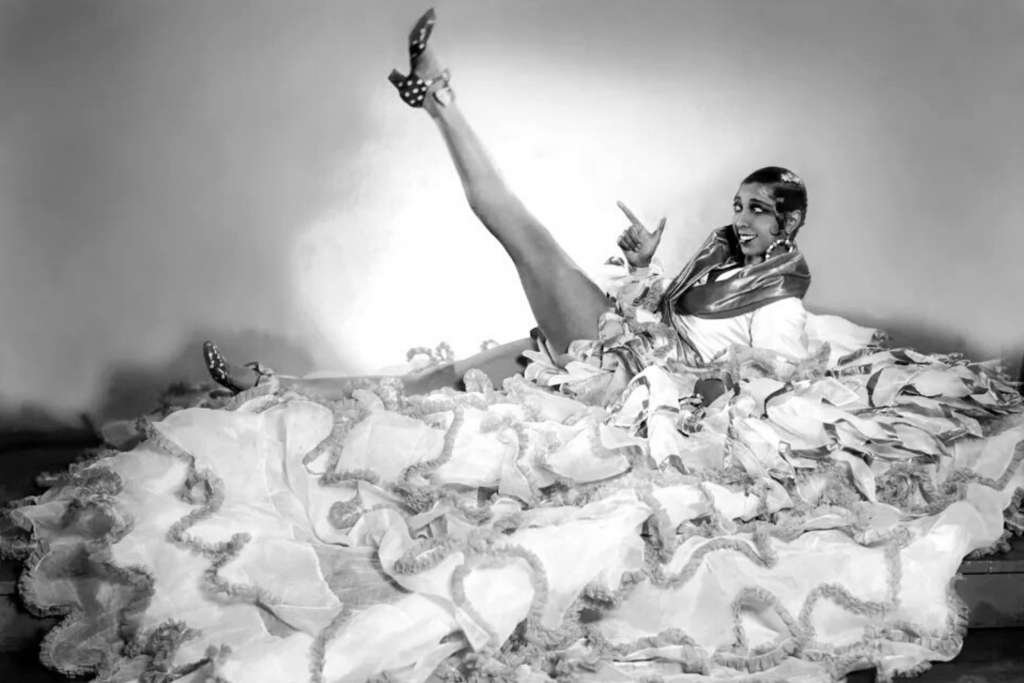
With her slicked-down hair, smoky eyes and dark lips, Josephine Baker was the epitome of the 1920s flapper girl. Her famous costume of a banana skirt and beaded necklace became the iconic image of the Jazz Age, and she became the world’s first internationally recognised African-American entertainer.
Born into poverty
Baker’s early life was characterised by extreme poverty. Born in 1906 in St. Louis, Missouri her Mother washed laundry for a living and Baker was sent to work as a live-in Nanny for a wealthy white family when she was 8 years old.
She married Willie Wells when she was just 13, before divorcing and marrying her second husband Willie Baker when she was 15. She divorced Baker in 1925, but kept his surname professionally. After the divorce, Baker headed to New York, where she joined the cast of a Broadway show.
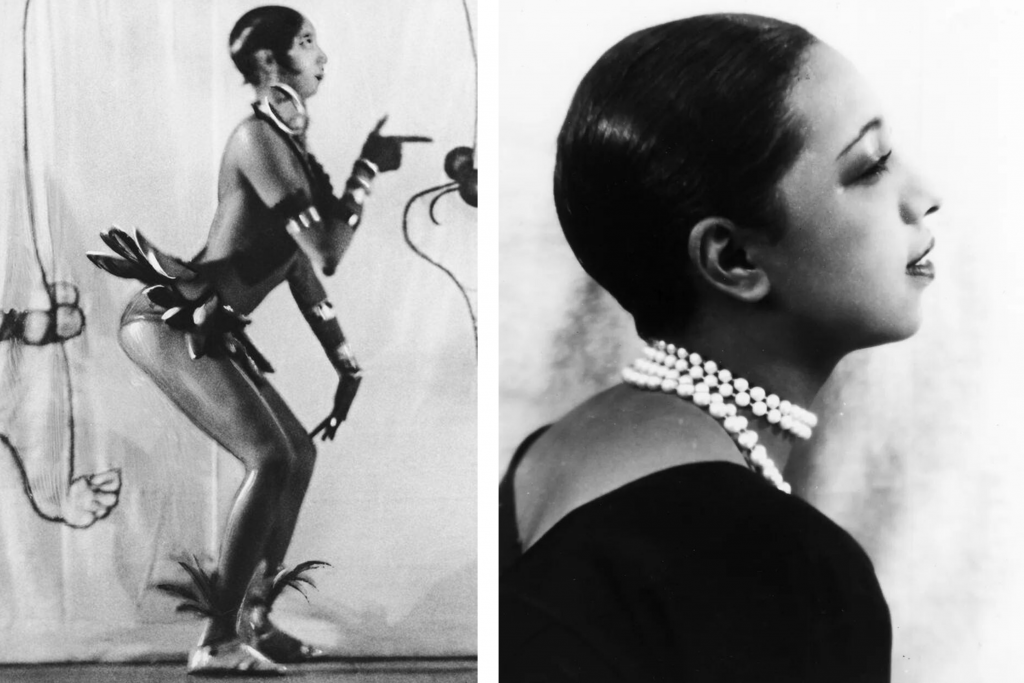
Sailing for 1920s Paris
Unable to progress her career in the US due to racism, she sailed for the more liberal world of Paris where she became the star performer at the cabaret music hall ‘Folies-Bergère’. Her performances were characterised by a unique mix of comedy and eroticism, and she would sometimes bring on stage her pet cheetah ‘Chiquita’.
Baker is often credited with bringing the Charleston dance to Britain, and she was the first African- American to star in a major motion picture; the 1927 silent film ‘Siren of the Tropics’.
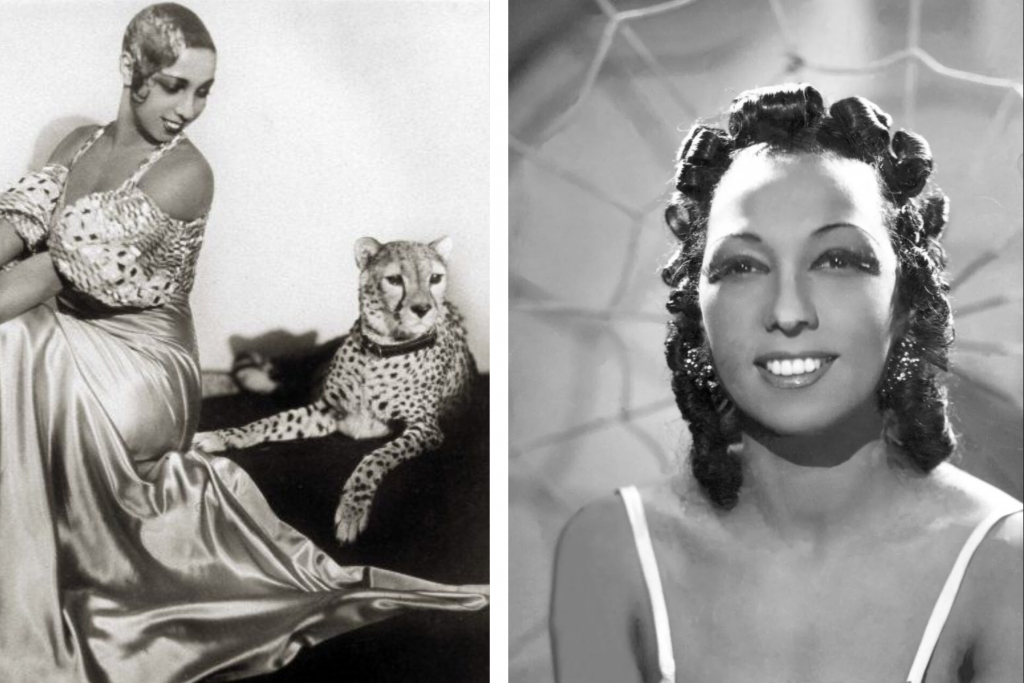
For the love of France
Baker married a total of 4 times, and was famously bisexual. She was rumoured to have had flings with Ada ‘Bricktop’ Smith, and the French novelist Colette. In 1937 she married French industrialist Jean Lion and became a French citizen. During World War 2 she joined the French Resistance as a spy, and earned the Croix de Guerre medal for her bravery.
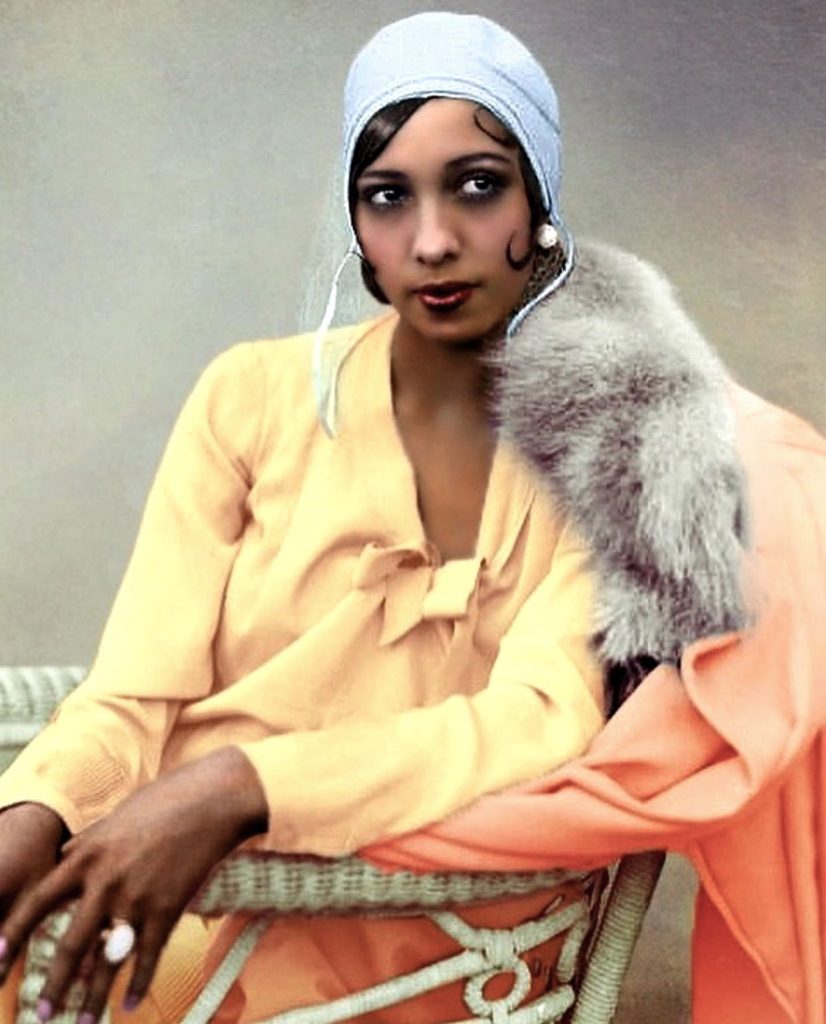
Civil Rights Activism
During the 1950s and 60s, Baker became a key figure in the American civil rights movement and was monitored by the FBI. She refused to perform at segregated venues and shared a podium with Martin Luther King at the 1963 March on Washington.
In January 1966 she performed for Fidel Castro at the 7th-anniversary of the Cuban revolution.

Later life and rainbow tribe
Baker didn’t have any biological children, but adopted 2 daughters and 10 sons from different parts of the globe. She called her family the ‘rainbow tribe’.
Later in life, she was beset by financial difficulties. She was close friends with Hollywood actress Grace Kelly (later the Princess of Monaco) who offered her a home after she had lost her own to creditors. Baker continued performing until her death by stroke aged 68 in 1975. She was said to have been found lying in her bed at home in Paris, surrounded by newspapers with positive reviews of her final performance.
Today there’s a street in Paris called ‘Place Joséphine Baker’ and Beyonce once performed Baker’s famous banana dance at the Fashion Rocks concert in September 2006.
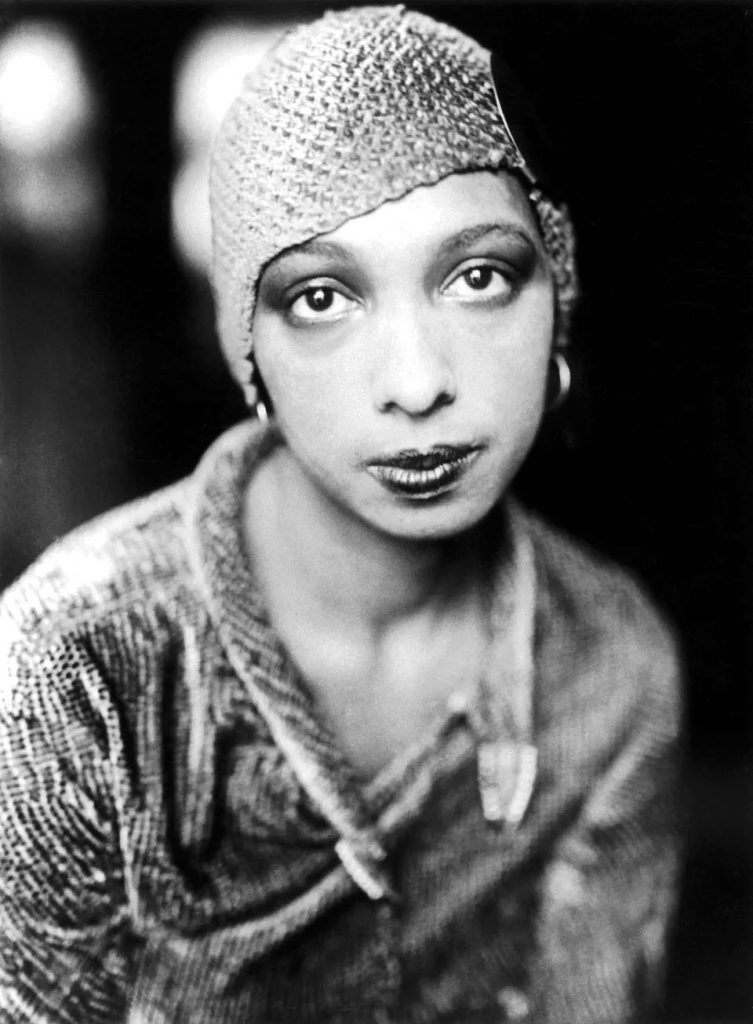

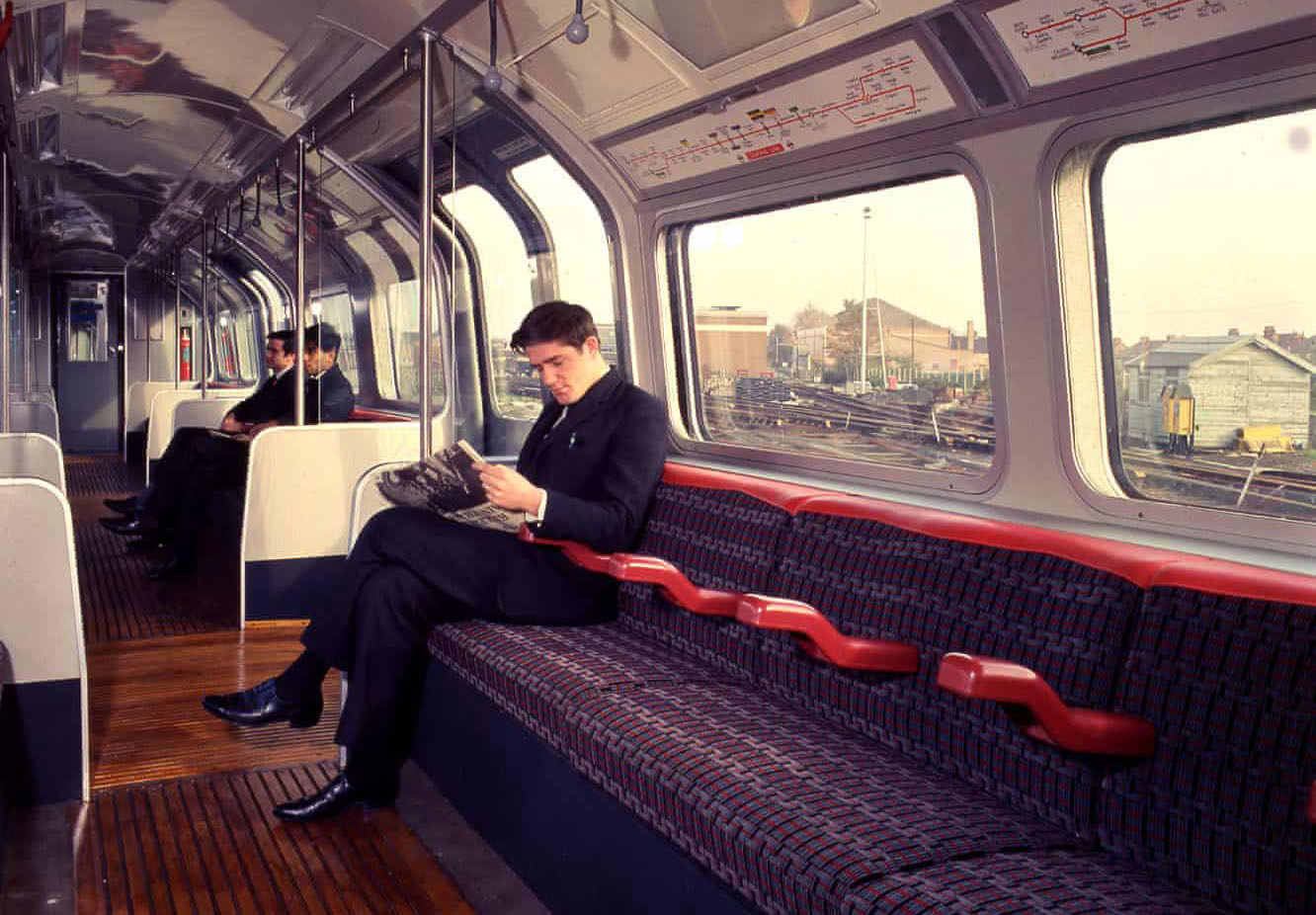
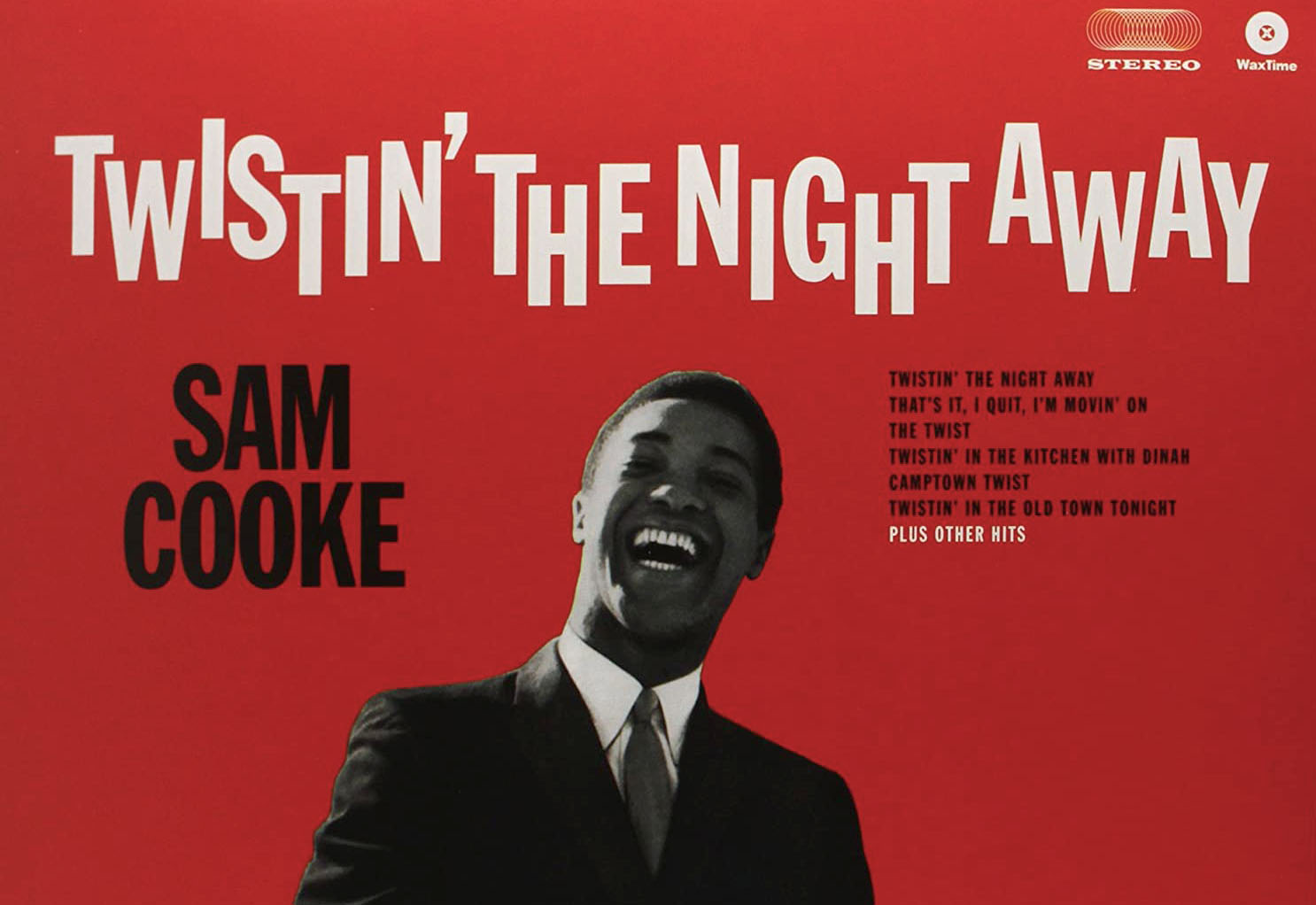
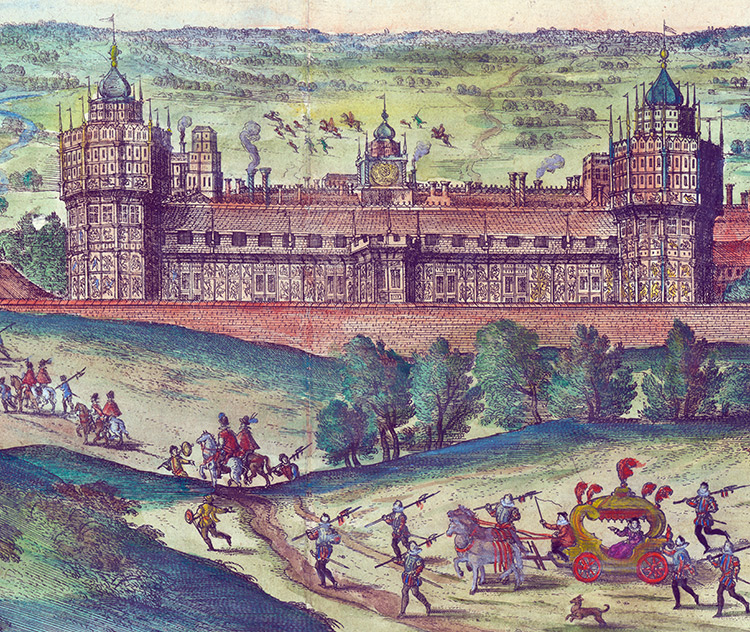
Leave a Reply